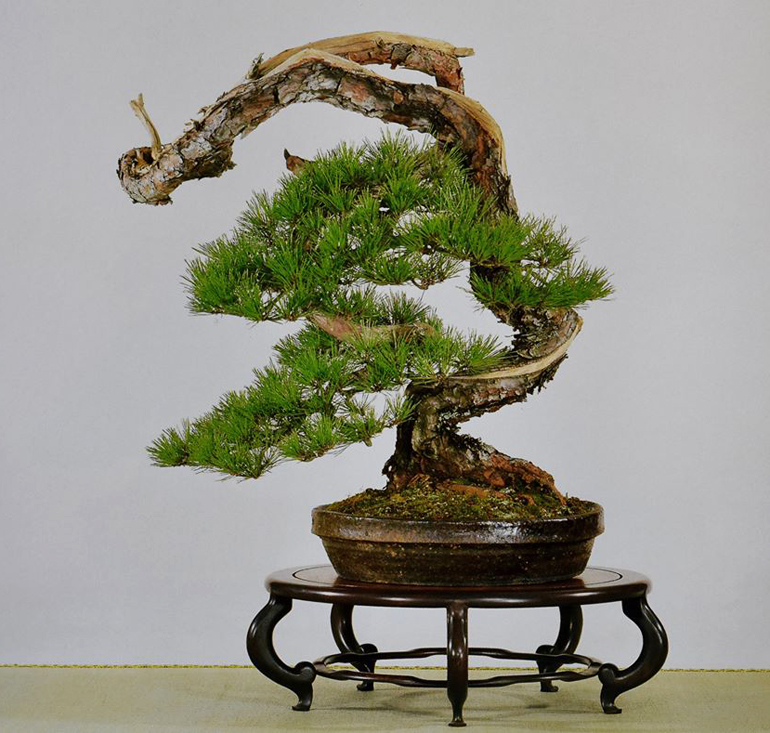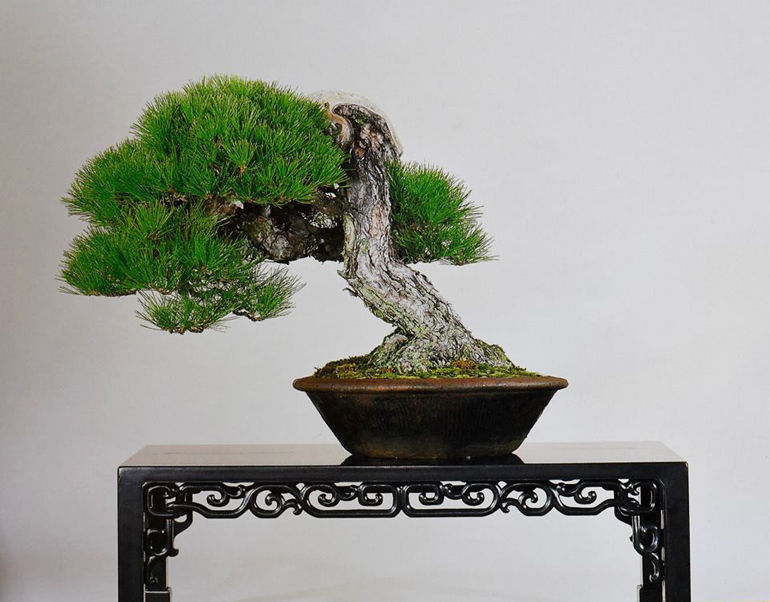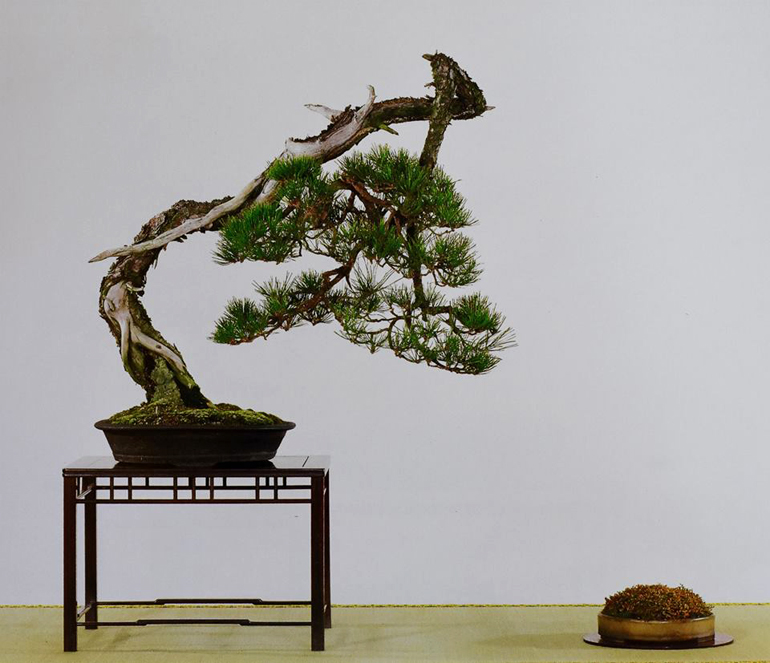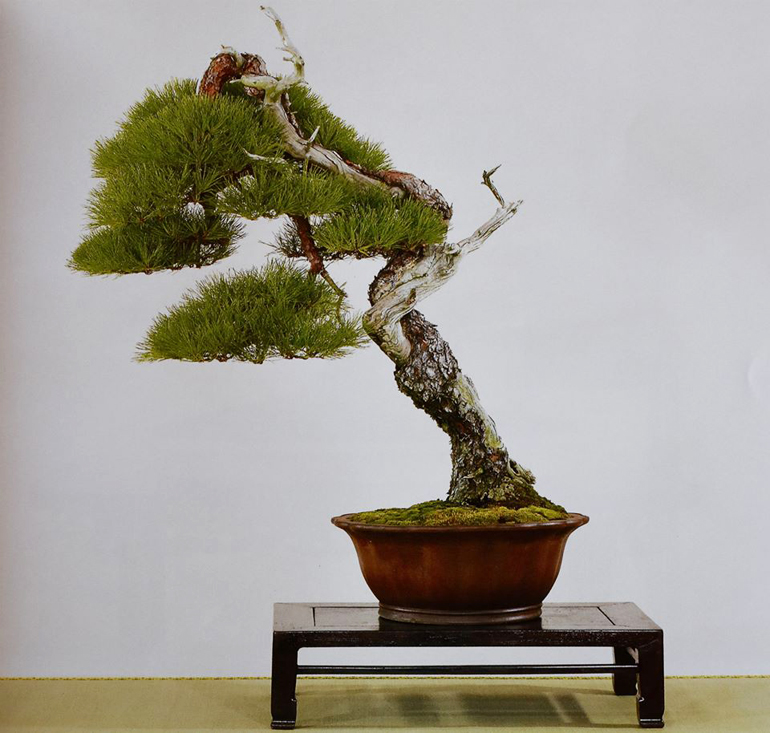In addition a one of the most perfectly developed crowns you'll ever see, with its amazing profusion of tiny leaves; this Zelkova provides an excellent example of trunk and surface root (nebari) development. Neither are overstated; providing a welcome relief from overdeveloped trunk taper and nebari that you sometimes see (especially on maples*). But then, you might expect perfection from this tree, it's from the Grand Master Saburo Kato's collection (Mr Kato is the author of the famous book, Forest, Rock Planting & Ezo Spruce Bonsai).
Off to the big city today (Burlington Vermont) and no time to put together a new post, so we’ll borrow one from our vast archival warehouse. This shorter than usual post (from April, 2012) was originally titled ‘Growing Better Roots and Trunks.’
The photo above is from a series of photos on Morten Albek’s Shohin-Europe website, titled Mansei-en 2011. Mansei-en is the name of Saburo Kato’s bonsai garden and Morten Albek is the author of Majesty in Miniature. Mr. Kato died in 2008 (Phoenix Bonsai has an excellent biography). Morten is, as far as I know, alive and well in Denmark .
Morten Albek has posted a practical guide to growing better roots and trunks. It’s for Shohin bonsai, but you can apply the techniques to larger trees as well.
One of a series of photos by Morten Albek on growing better shohin roots and trunk.
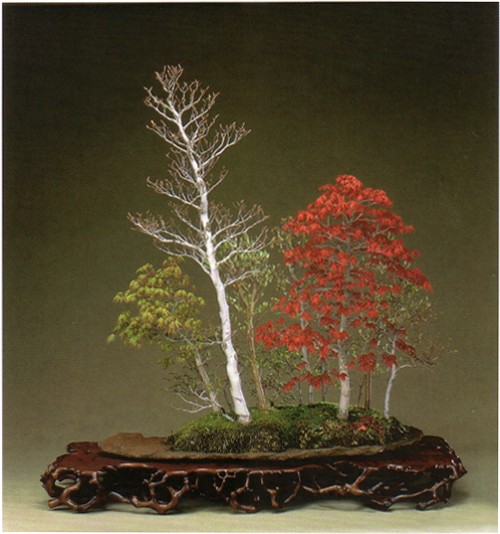
Added value. This mixed forest photo did not appear in the original post. It's from Saburo Kato's aforementioned Forest, Rock Planting & Ezo Spruce Bonsai.
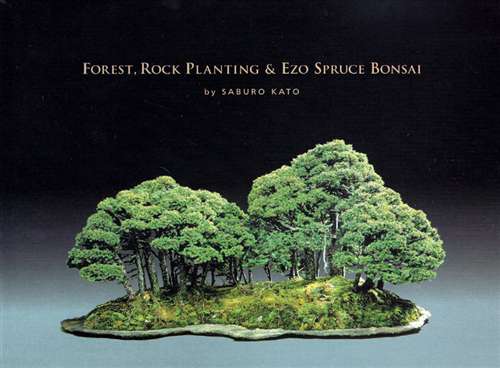
The book. Forest, Rock Planting & Ezo Spruce Bonsai. Available at Stone Lantern (the time is right with our 20% to 30% off Site Wide Sale).

Morten Albek's excellent Shohin book. Also Available at Stone Lantern (the time is still right with our 20% to 30% off Site Wide Sale).
* Comparing a broom style Zelkova with heavily tapered and nebaried maples is a bit like comparing apples and oranges.

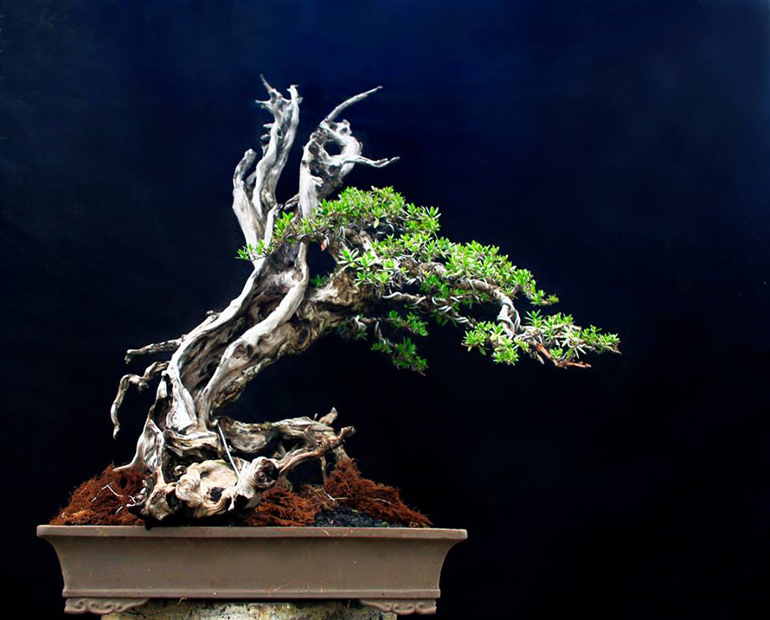
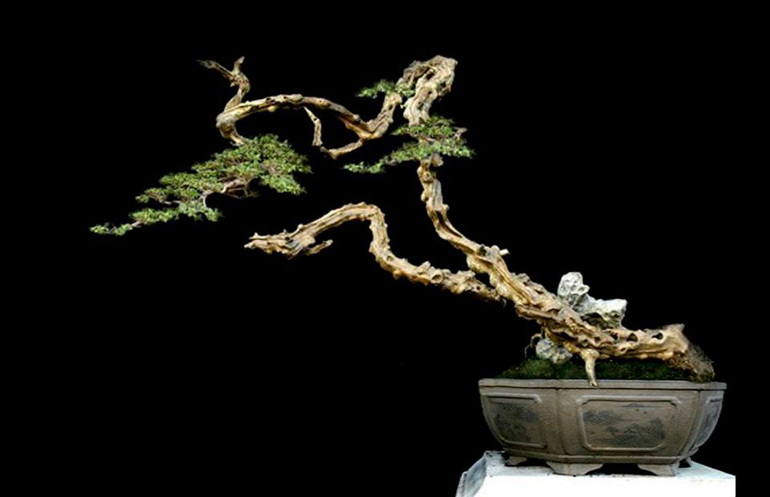
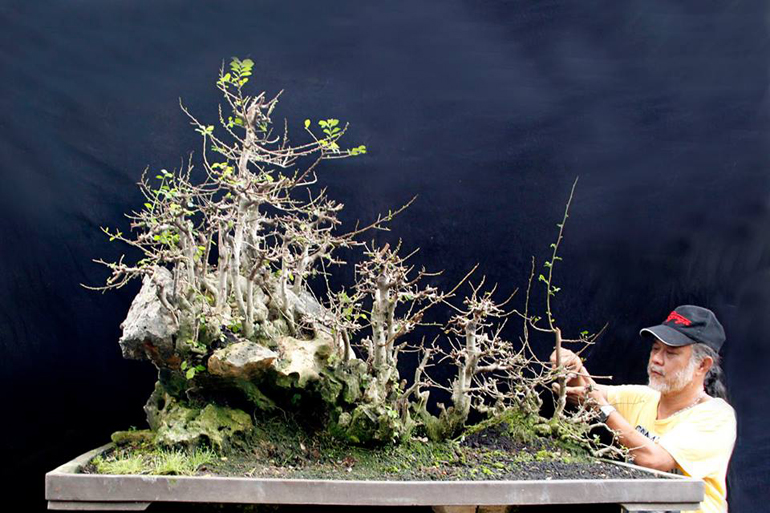




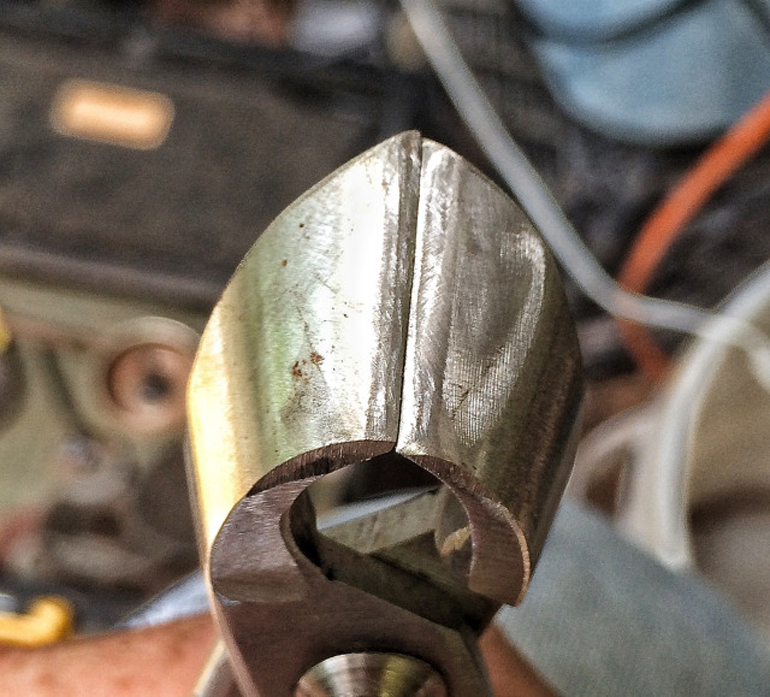

 You can tell this is a genuine Dwarf Kingsville boxwood by the tight tiny leaves. This planting by
You can tell this is a genuine Dwarf Kingsville boxwood by the tight tiny leaves. This planting by 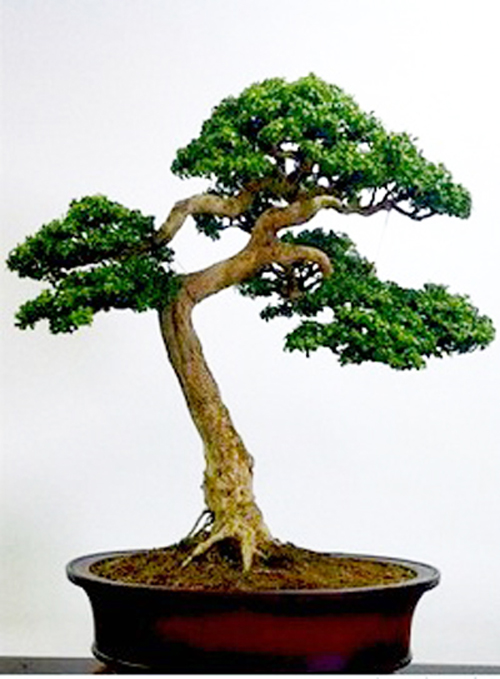
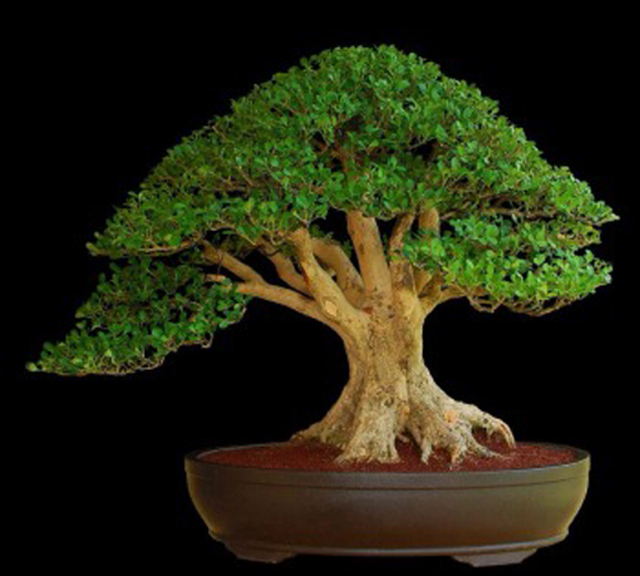
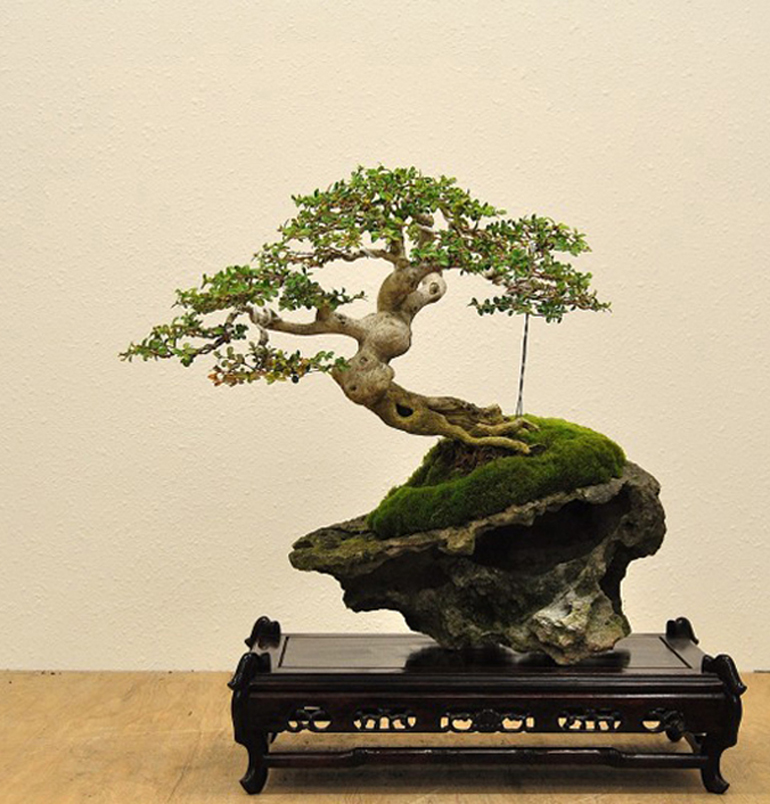
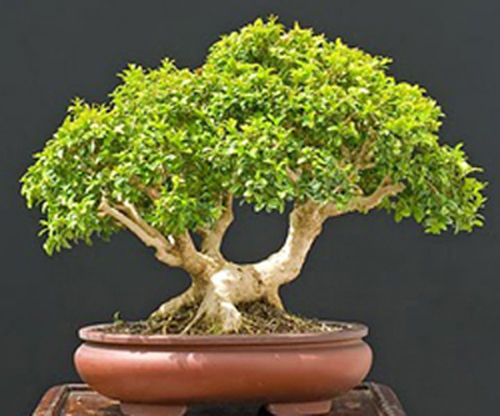 Judging by the leaves, I'm not sure I'd call this a Dwarf Kingsville, though I've seen this type called just that over the years. Anybody out there with a deep knowledge of boxwoods? The photo is from
Judging by the leaves, I'm not sure I'd call this a Dwarf Kingsville, though I've seen this type called just that over the years. Anybody out there with a deep knowledge of boxwoods? The photo is from 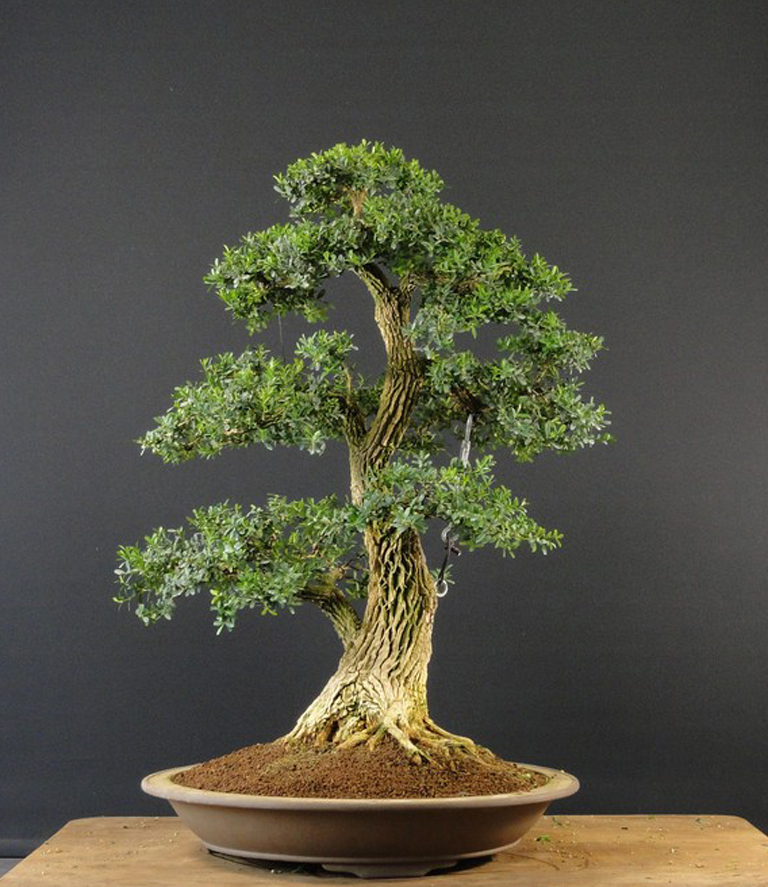 Here’s one that appears on Mary’s site (we went to Mary’s source,
Here’s one that appears on Mary’s site (we went to Mary’s source,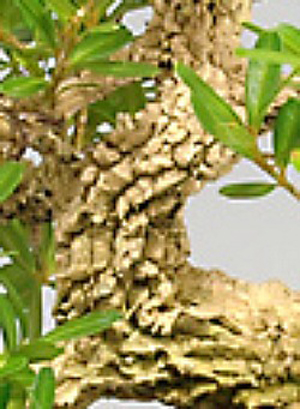 Harlandii bark
Harlandii bark 
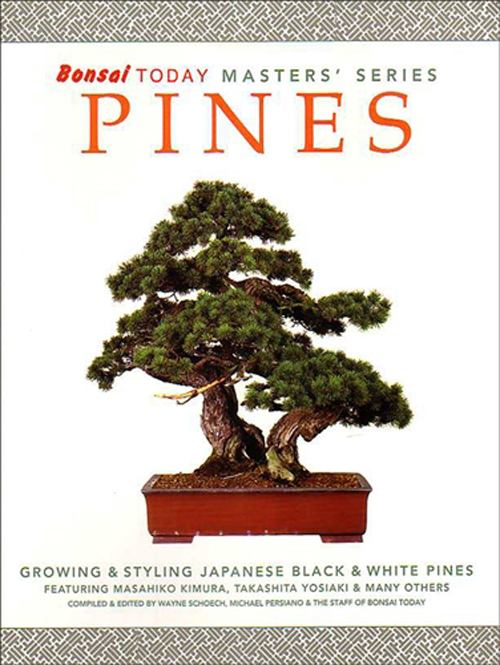
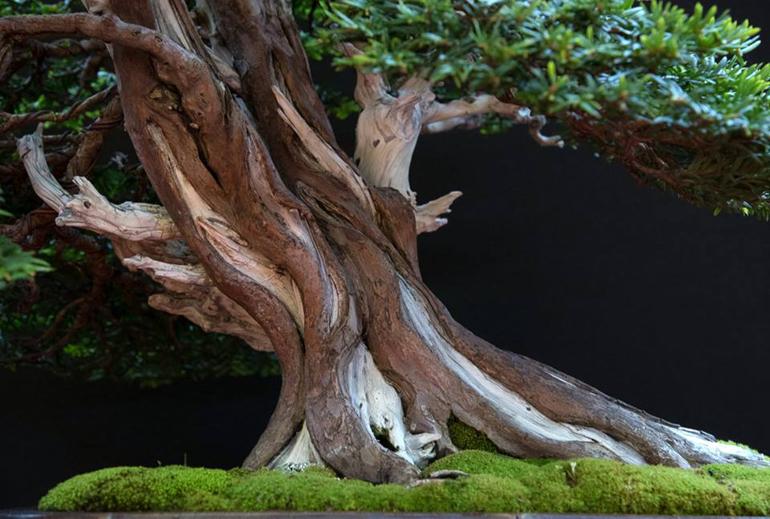

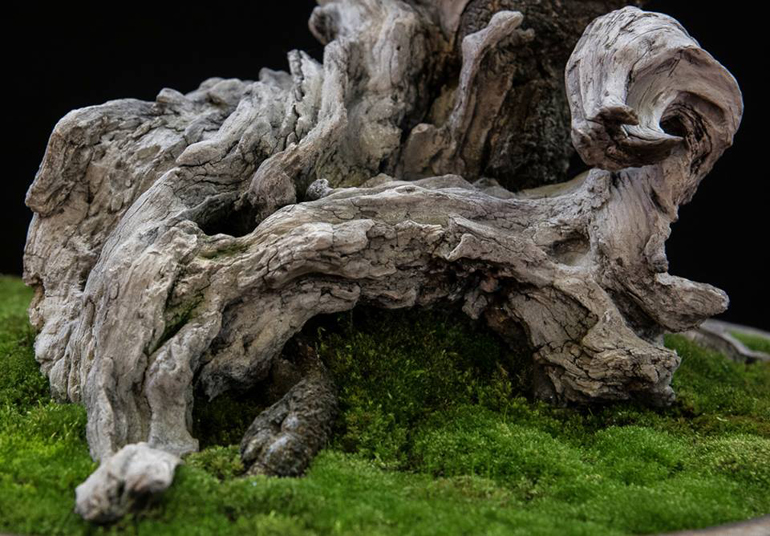
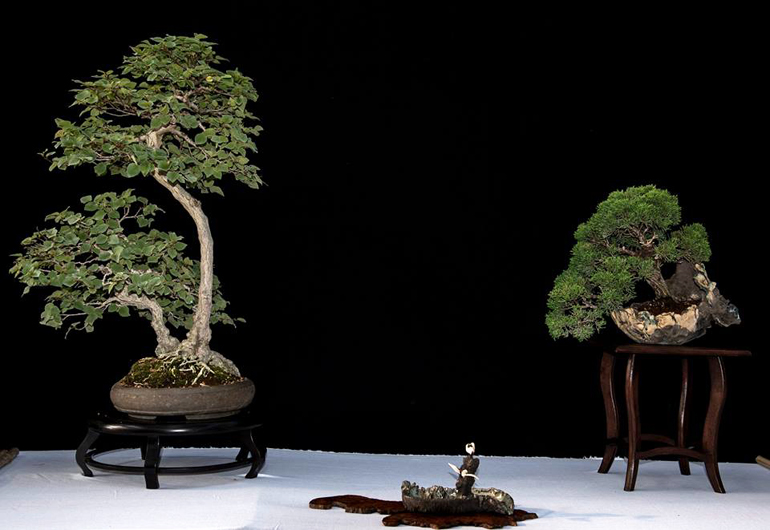
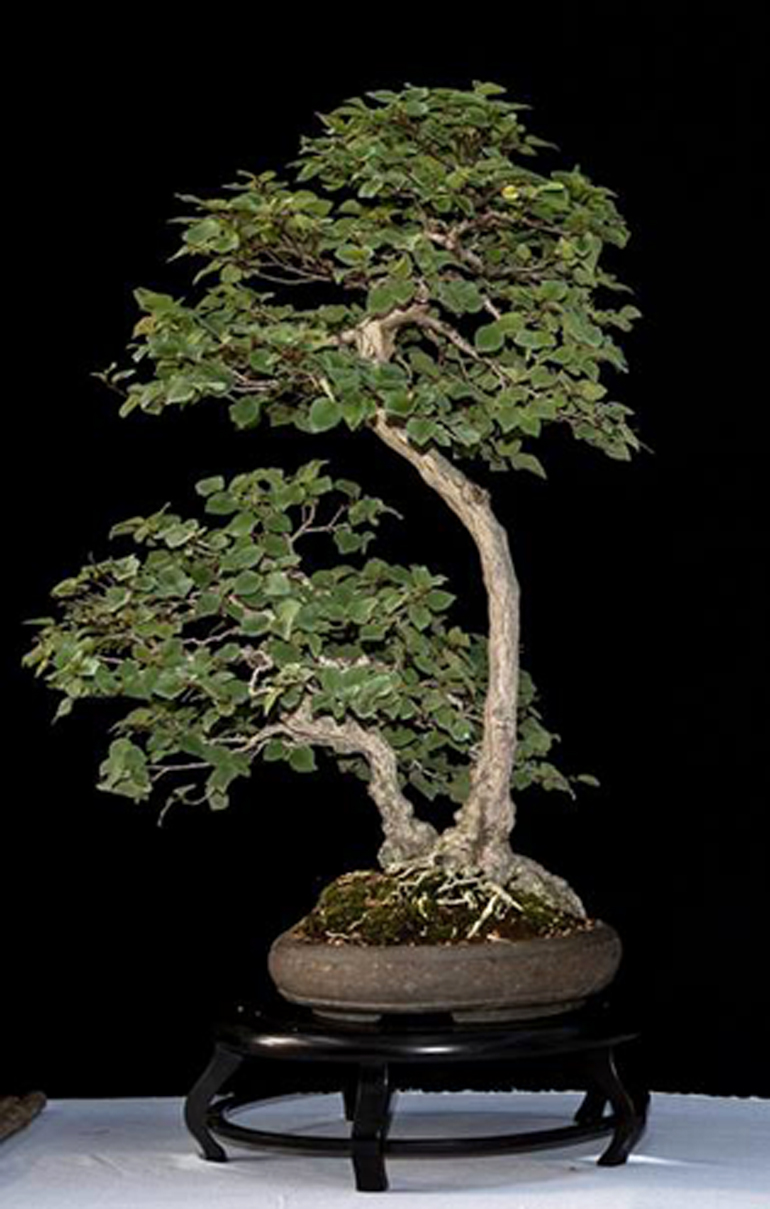
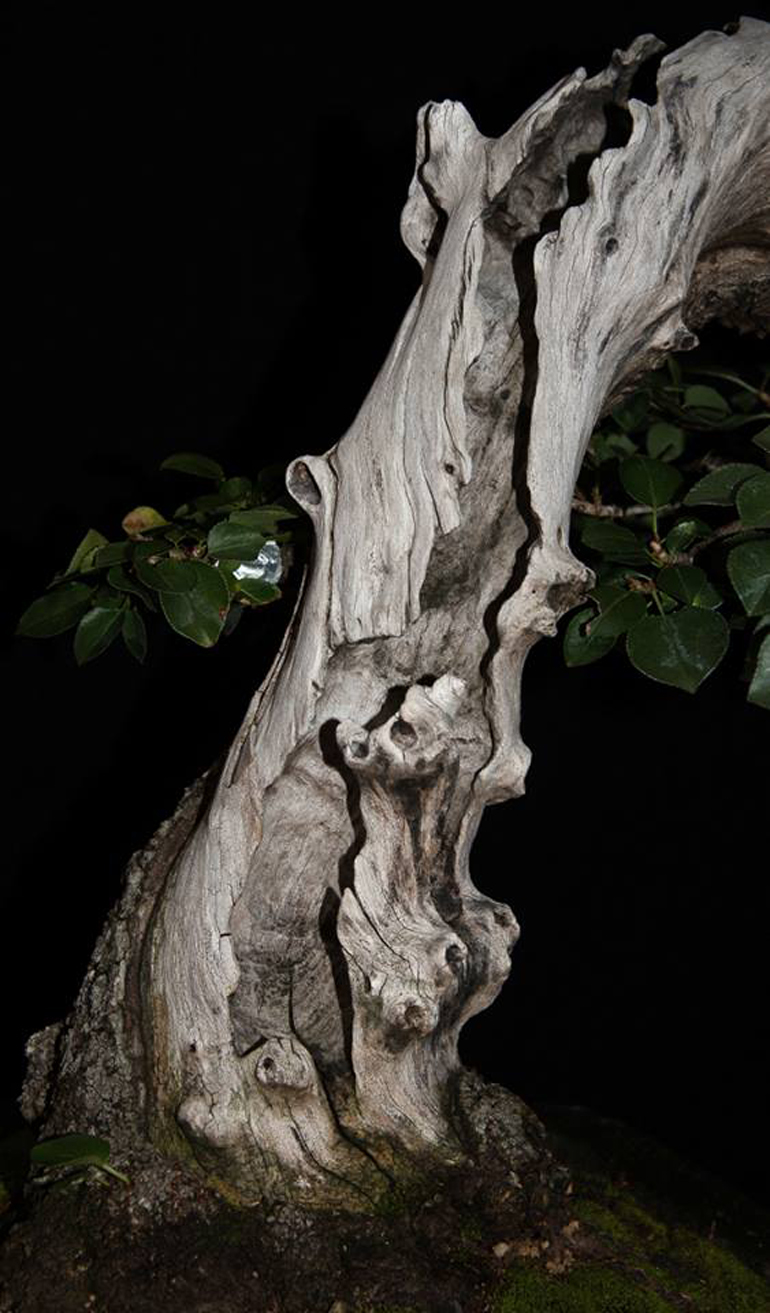
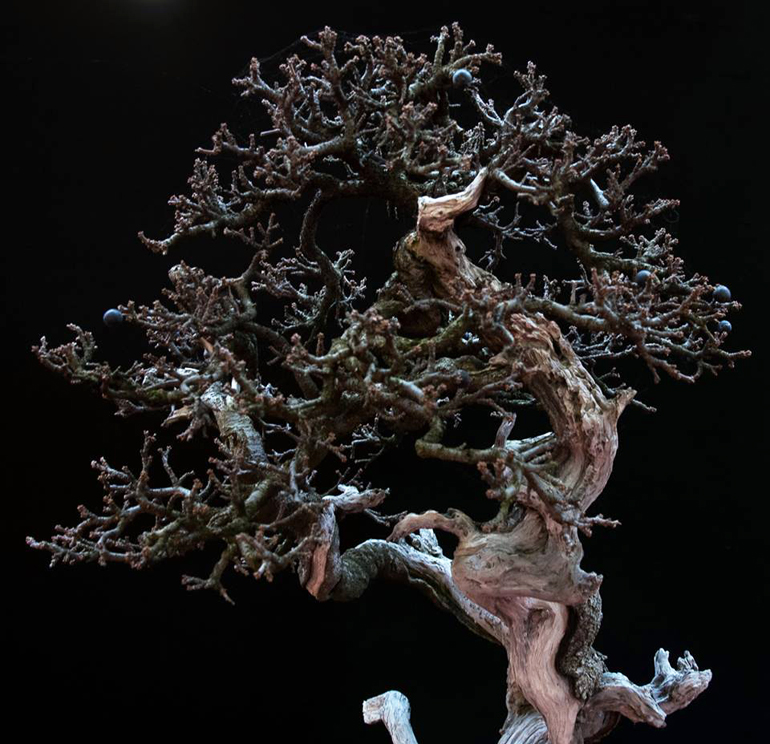


 This wild old tree is little more rugged and rough than the one above. That ruggedness and the long stretch of trunk without foliage, leans a little toward literati, though the lush foliage and deep pot betray that definition. If this were your tree, would you remove the strange branch on the left? Or maybe eliminate the inward growing foliage and create a jin? The artist is
This wild old tree is little more rugged and rough than the one above. That ruggedness and the long stretch of trunk without foliage, leans a little toward literati, though the lush foliage and deep pot betray that definition. If this were your tree, would you remove the strange branch on the left? Or maybe eliminate the inward growing foliage and create a jin? The artist is 


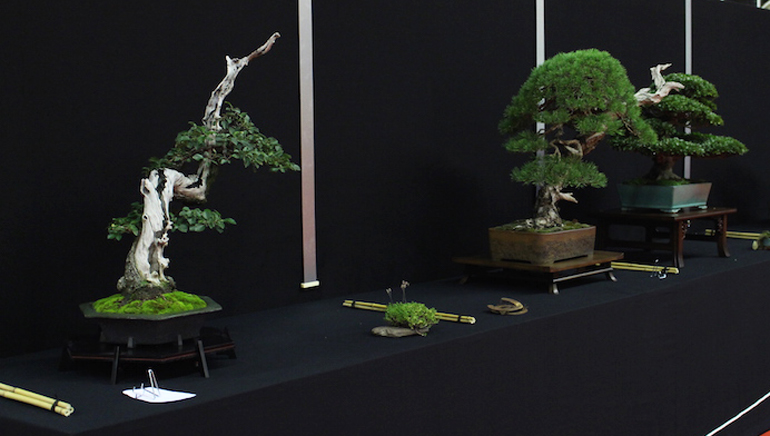
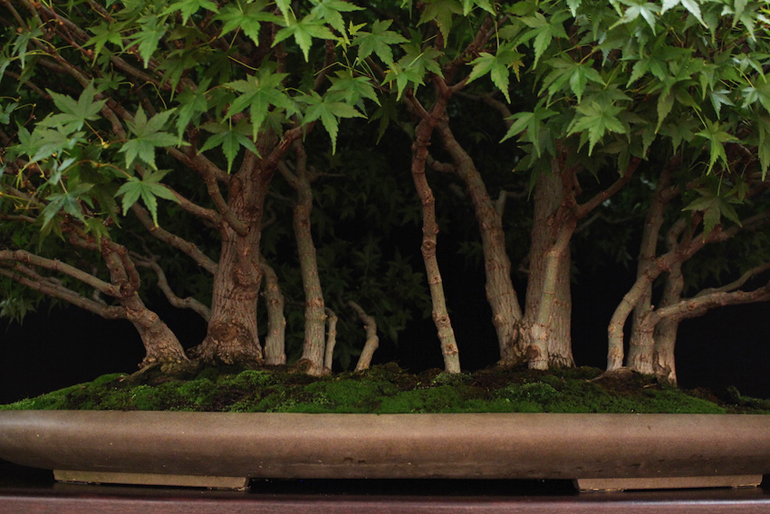
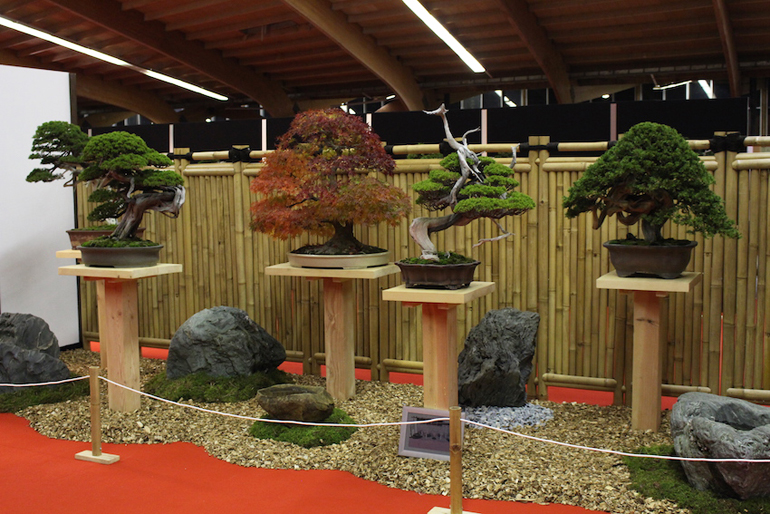

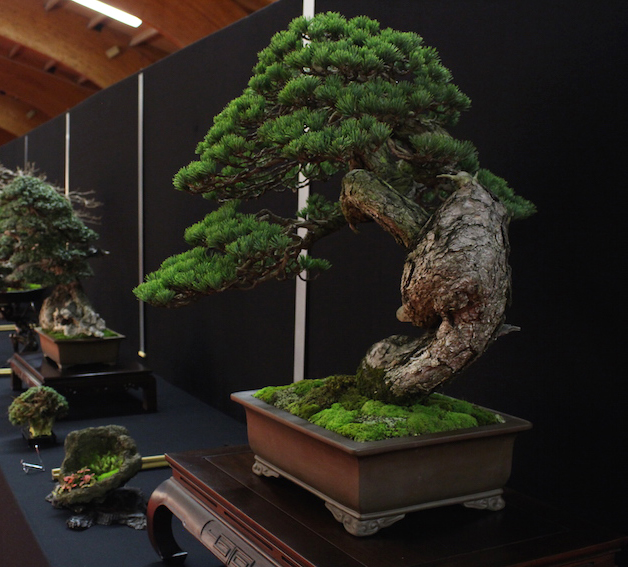
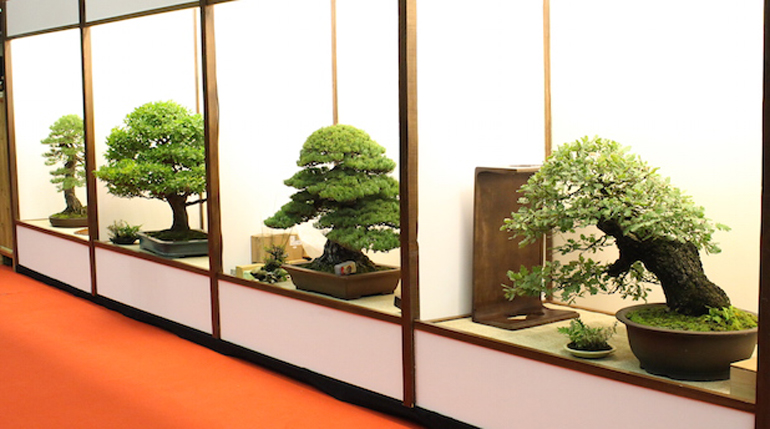



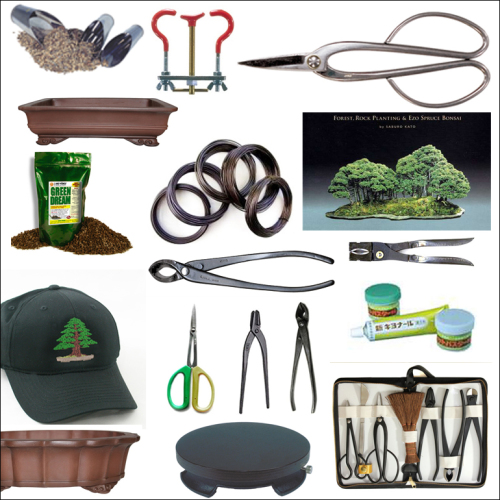

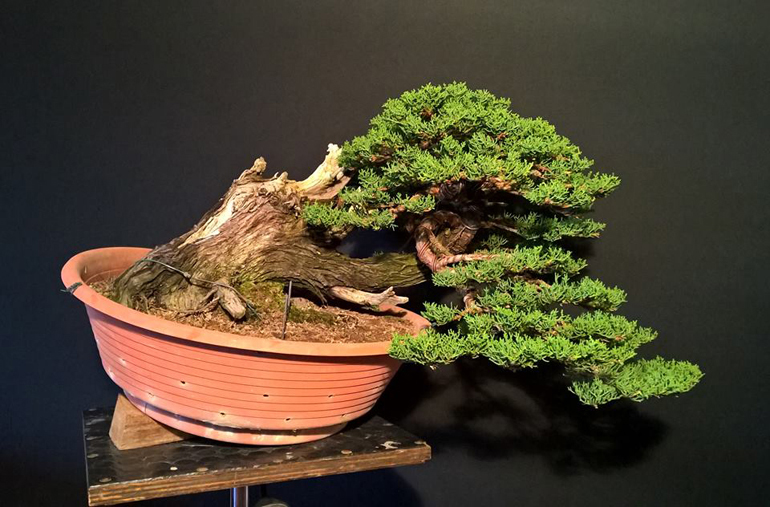 I like this powerful compact little tree, though I suspect there is more carving in its future. And of course, a real bonsai pot. Marcelo calls it Cipresso (Cyprus) though it looks a lot like a Juniper from here. Perhaps the Cipresso is in reference to the Juniperus genus being in the Cypress family (
I like this powerful compact little tree, though I suspect there is more carving in its future. And of course, a real bonsai pot. Marcelo calls it Cipresso (Cyprus) though it looks a lot like a Juniper from here. Perhaps the Cipresso is in reference to the Juniperus genus being in the Cypress family (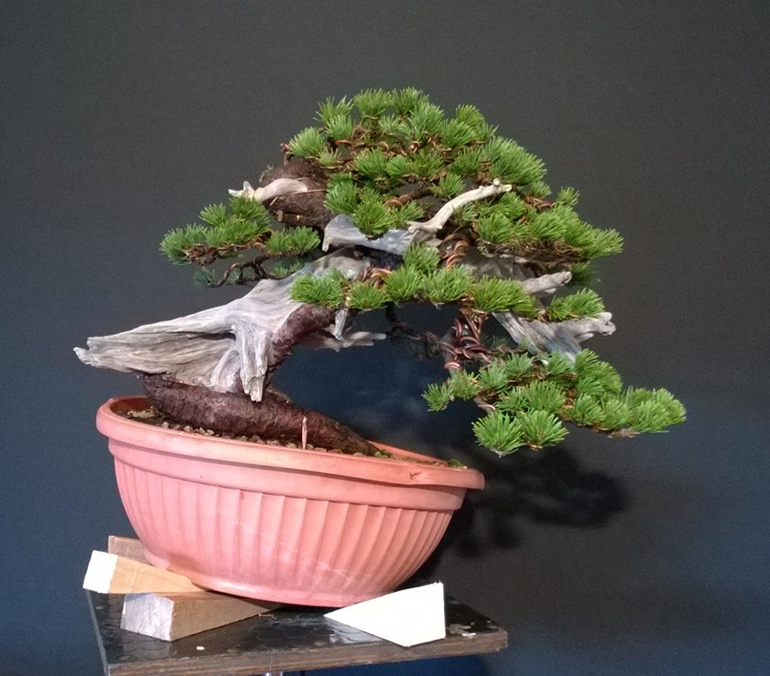
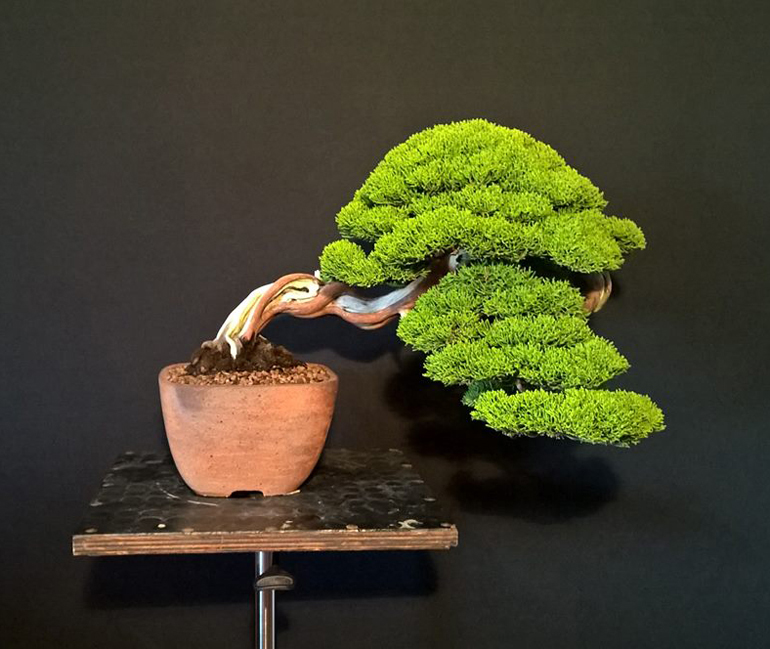
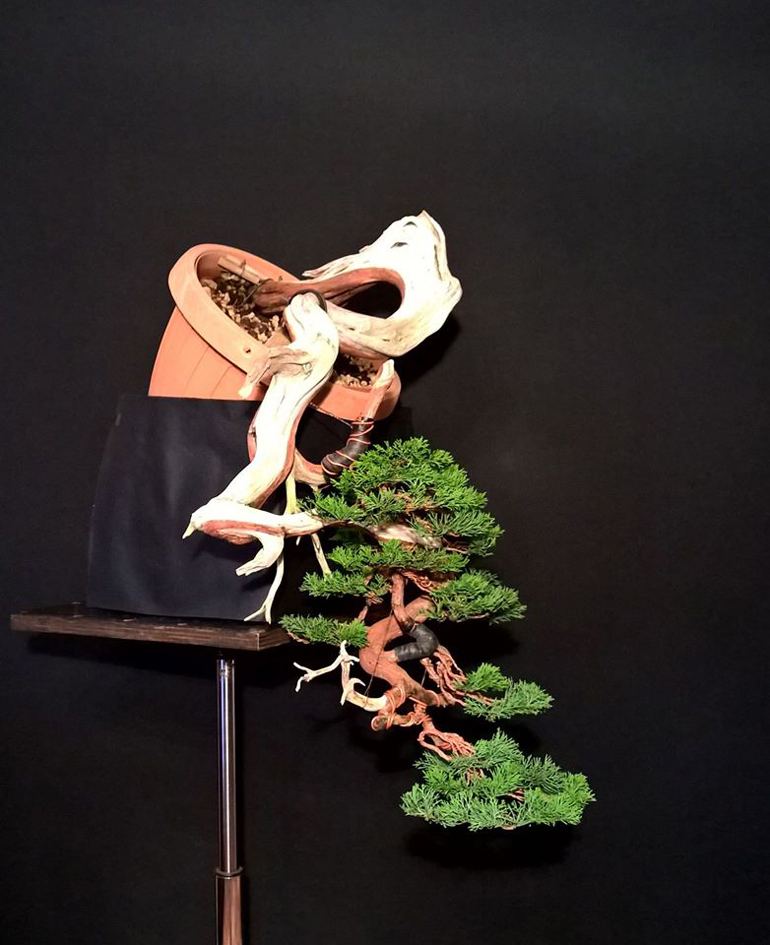
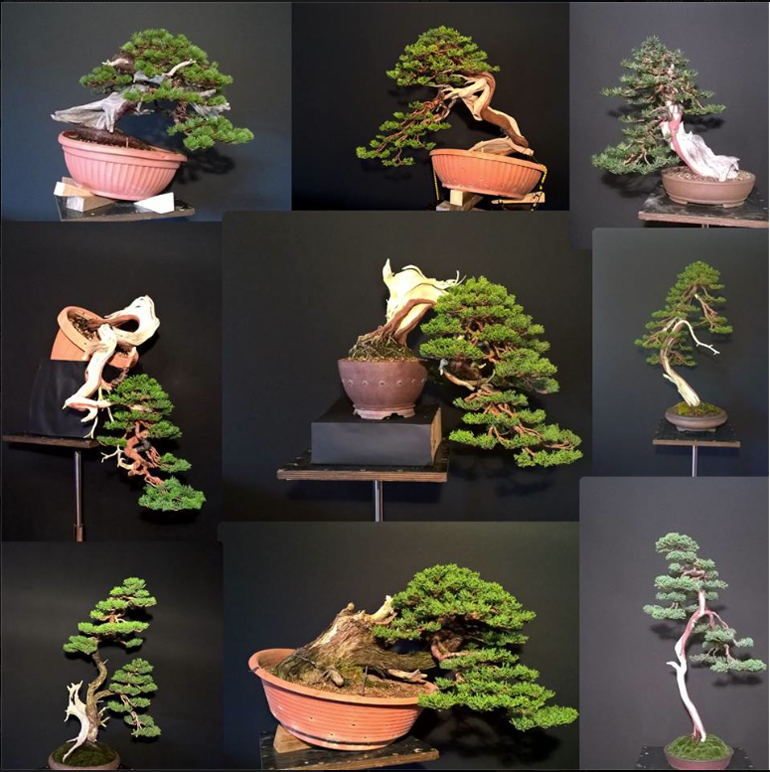


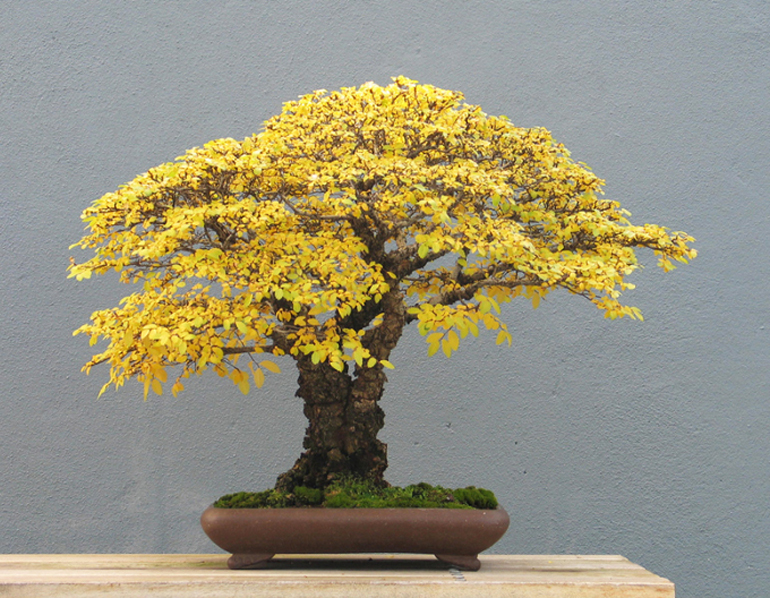

 Nice Crabapple. I particularly like the tree's movement and the bark. And of course the beautiful flower buds. Maybe the apex could use a little work, but still, a sweet bonsai.
Nice Crabapple. I particularly like the tree's movement and the bark. And of course the beautiful flower buds. Maybe the apex could use a little work, but still, a sweet bonsai. Wisteria bonsai are about the flowers and this one is no exception. Great old gnarly trunk too.
Wisteria bonsai are about the flowers and this one is no exception. Great old gnarly trunk too. Nice old Shimpaku. The crown seems a bit heavy for the trunk and could be reduced a bit, but still, who wouldn't want a tree like this in their collection?
Nice old Shimpaku. The crown seems a bit heavy for the trunk and could be reduced a bit, but still, who wouldn't want a tree like this in their collection?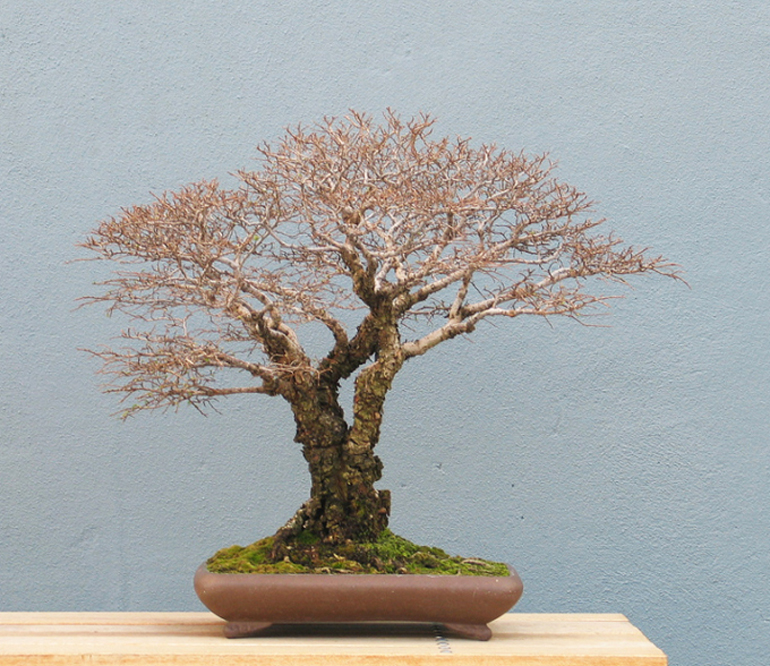 Here's the tree at the top, sans leaves. Not only does this photo allow you to see the fine ramification, but the gnarled old bark stands out more without the large canopy of bright leaves.
Here's the tree at the top, sans leaves. Not only does this photo allow you to see the fine ramification, but the gnarled old bark stands out more without the large canopy of bright leaves.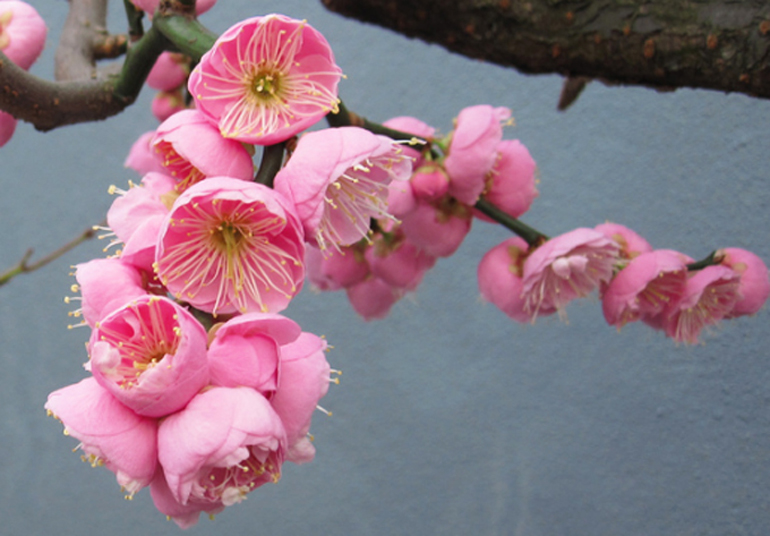 This Prunus mume variety is aptly name 'Bonita.' I took the liberty to do some radical cropping.
This Prunus mume variety is aptly name 'Bonita.' I took the liberty to do some radical cropping. 
